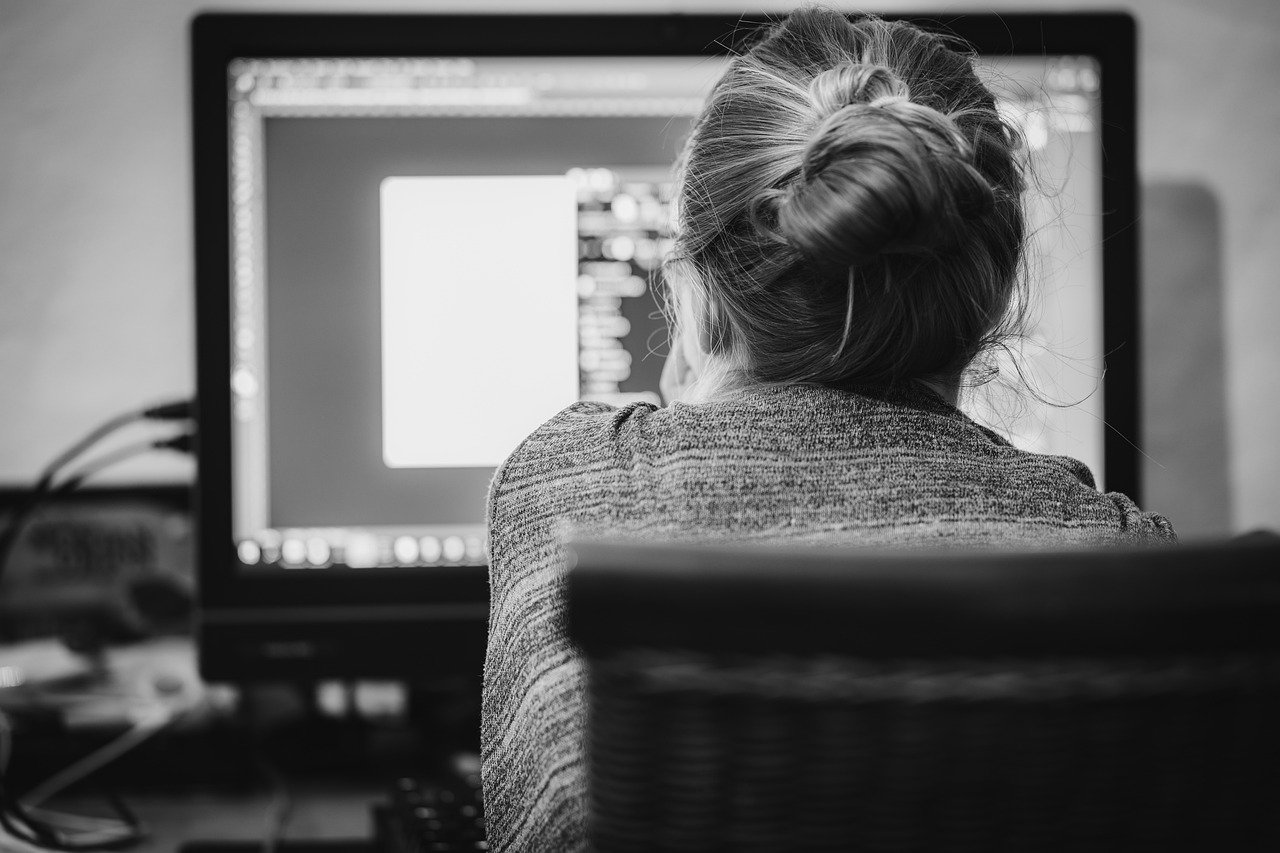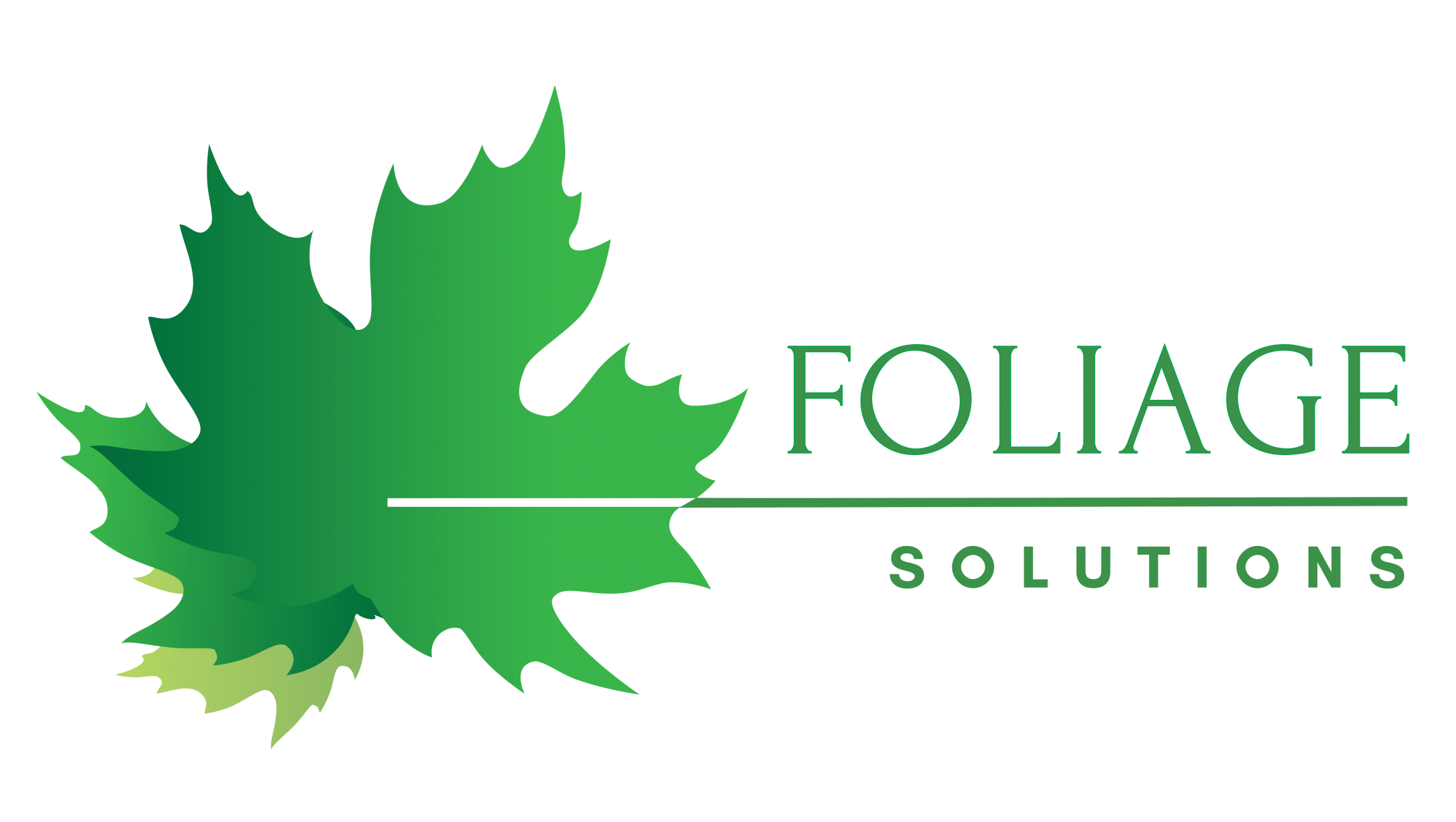Photoshop, Illustrator, InDesign: Which is Better?

Adobe has become an industry standard for any graphic design project imaginable.
We instantly think of using Adobe applications whenever we hear graphics.
Graphic artists and also desktop publishing professionals use three highly efficient and powerful Adobe software to create and render elements for different types of graphics-related projects.
The difference between the three applications might be confusing for a person not savvy or a newbie in graphics.
Questions may arise such as:
- Which is better Adobe Photoshop, Illustrator, or InDesign?
- What is the difference between Adobe Photoshop, Illustrator, and InDesign?
- Why does Adobe have three different graphic software for creating graphics?
In answering these questions, we uncover which Adobe software is better to use and what makes each achieve the quality that every client will love.
And to make this whole subject clearer, let’s sort the graphic elements into three categories according to the project’s purpose:
-
- Print Image and Text
- Print Image and Text for Mass Production
- Digital Image and Text
1.) Print Image and Text
Projects that require printing at their final production stage are best created using Adobe Illustrator (AI). These can be anything from logos, business cards, flyers, posters, t-shirts, stickers up to billboards.
Its capability to resize elements without losing quality is the best characteristic of Illustrator.
How?
“Vector files are images that are built by mathematical formulas that establish points on a grid. Raster files are composed of colored blocks commonly referred to as pixels. Because they can infinitely adjust in size without losing resolution, vector files are more versatile for certain types of tasks than raster files.”
“What is Vector Art?”, Adobe
https://www.adobe.com/creativecloud/illustration/discover/vector-art.html
A logo is the primary graphic element that represents a business identity. Making it as transformable as possible allows every professional who needs it to finish his task with less hassle.
Another feature that stands out in Illustrator is its ability to customize the Artboard’s size.
An artboard, similar to pages in Microsoft Word, represents the printable area of your work.
This feature supports every graphic professional’s creativity and knowledge by having more freedom in resizing working spaces.
2.) Print Image and Text for Massive Production
Although Illustrator may be a sound option, multi-page materials that will be in distribution like magazines, newspapers, booklets, or brochures are best created with Adobe InDesign.
InDesign is software specifically designed for desktop publishing and creating page layout. It has everything that supports professionals in publishing books, eBooks, interactive PDFs, and more.
With its support of OpenType fonts, optical margin alignment, and transparency features during InDesign’s early releases, InDesign advanced the desktop publishing industry further.
In InDesign, it is possible to package the source files. This means that upon saving your InDesign project, you can include the elements used in the design and layout such as the links (for images) and the fonts used. This feature is tremendously helpful in making projects with high-volumes of materials that will require translation or localization.
By this year, InDesign has already astonishingly improved on what it has to offer. Integrations with Adobe Experience Manager is now one of its highlights too. This supports collaboration for creative and marketing professionals for both digital asset management (DAM) and content management system (CMS) purposes.
Need a hand
in desktop publishing?
3.) Digital Image and Text
Digital means that the graphic material is made for the purpose of displaying electronically.
Digital graphics can be anything from photographs, graphic arts, social media marketing materials, or web design elements. These can all be successfully processed using Adobe Photoshop.
Let’s talk a bit more about these four types of digital graphics.
a. Photographs
Photographs are also labeled as raster graphics. This means that they use pixels, an arrangement of small square shapes in a grid formation to compose and present a whole picture.
The more pixels there are, the higher the resolution. Pixels are the basis of a good-quality image. That’s why when you reduce the size of a photo, the image quality shrinks as well, making the photo pixelized.
Digital photographs normally undergo retouching. A graphic retouching specialist can always correct any photo by adjusting the color balance, deleting unwanted parts of the subject, and a whole lot more.
b. Graphic Arts
Graphic art is a category of fine arts. The main difference is that it is created and rendered using a computer.
Professionals who do graphic arts are called graphic artists or creatives.
Graphic artists can either compose their work by freehand aided with pen and tablet or construct from scratch using Adobe Photoshop’s assets.
c. Social Media Materials
Due to a list of social media channels available in the internet, digital marketing pushed its offered types of graphic design material farther: from sizes customized for personal stories, paid carousel advertisements, and profile covers – you name it, they have it.
Social media is a platform anyone can access directly through mobile phones and computers, making social media graphics so important for every brand.
Social media graphics aims to engage, educate, or inform the viewer by its visual content. Images and texts are the main tools to make the whole content stand out more and be remembered.
According to Backlinko, 99% or 3.92 billion social media users access networks using a mobile device.
“Social Network Usage & Growth Statistics: How Many People Use Social Media in 2021?”
Brian Dean, April 2021, https://backlinko.com/social-media-users
Since mobile phone users level up based on statistics, customizing the format suitable for mobiles is now preferred when creating social media graphics.
Mobiles are designed to be pocket-size, so images with fair resolution meet the mobile screen display standard well.
Since mobiles don’t absolutely need a mega high-resolution display requirement, Adobe Photoshop makes it a go-to application when designing social media graphics.
Want to learn more about social media image sizes? Here’s a regularly updated source for you: https://sproutsocial.com/insights/social-media-image-sizes-guide/
d. Web Design Elements
If you need to have your images and text optimized for web purposes, then Adobe Photoshop is your best friend.
Websites are organized and accomplished by using layouts.
What is a layout?
A layout is a way in which text or images are set out on a page, varying depending on the web design.
Have you ever been to a website and see an image you can barely see due to it having super low pixels?
Photoshop is based on pixels unlike Illustrator, and you know you can rely on this program to create designs tailored for electronic viewings.
With Photoshop, web designers can set the size of web elements correctly and instantly, while supporting different types of devices.
More efficient, the better.
All three Adobe editing programs remarkably deliver quality results. It’s a matter of knowing the goal of your project.
Anyone would prefer a process that is done in the most efficient way possible, from start to the end.
None of these Adobe programs can be used solely to carry out final output of all three categories we elaborated above. Each program is better than the other in its special way. The bonus of choosing Adobe CC as your major graphic-editing tool is each program is designed and intended to effortlessly work with one another.
Grab this Free Photoshop, Illustrator, and InDesign: Which is Better Guide if you’re not sure which Adobe editing software to use.
This will help you decide which will best create your layout and designs in high-quality, quickly, and seamlessly.
Doesn’t work for you? Let us know your thoughts!
How do you choose which software to use for editing?
Share via comments below

Leave a Reply